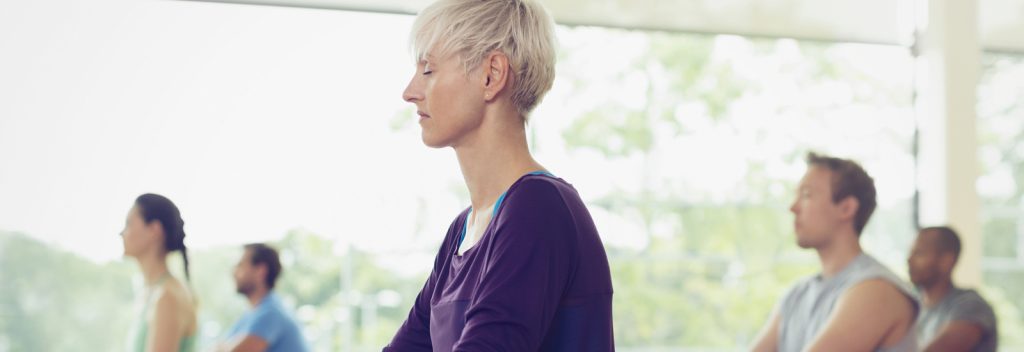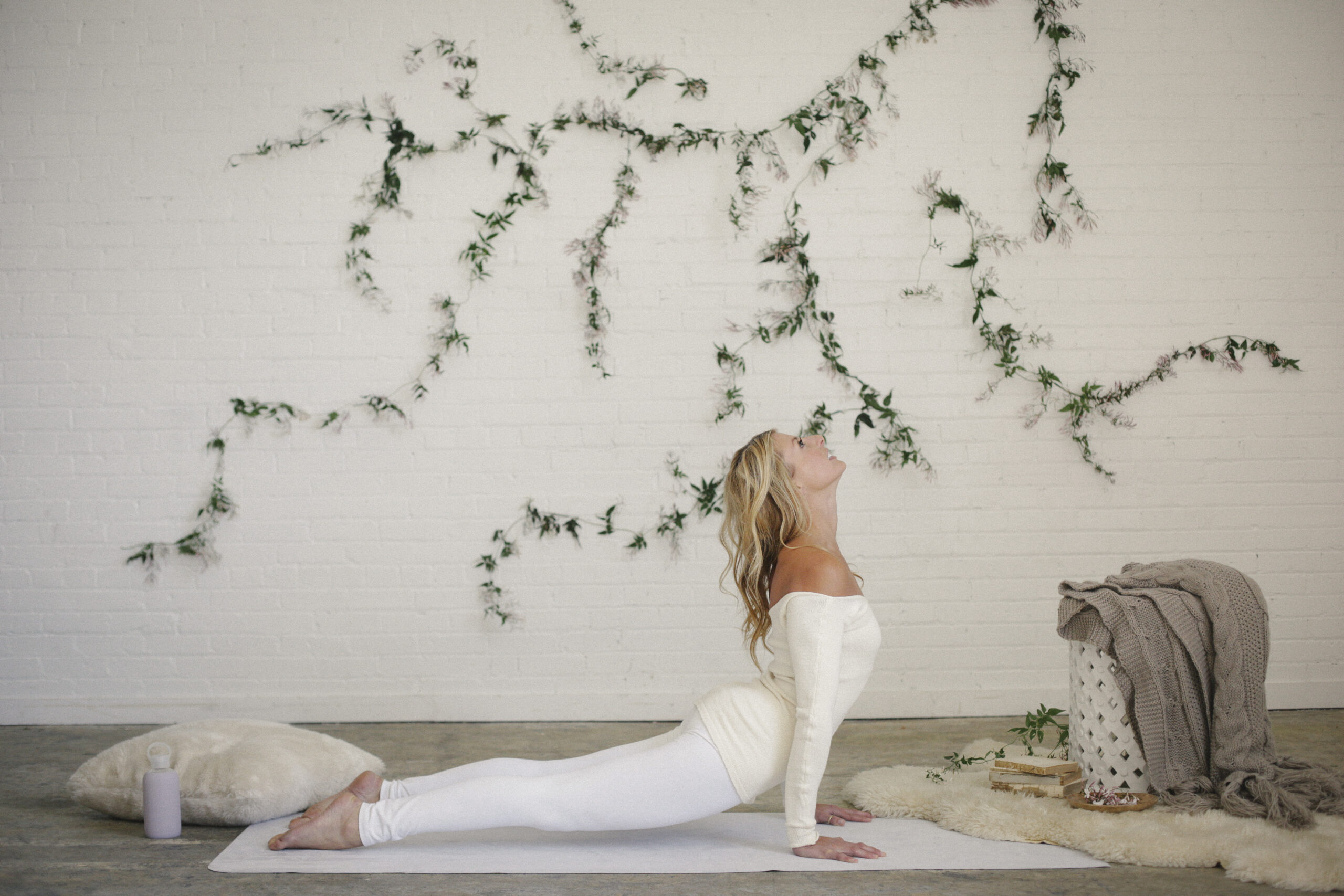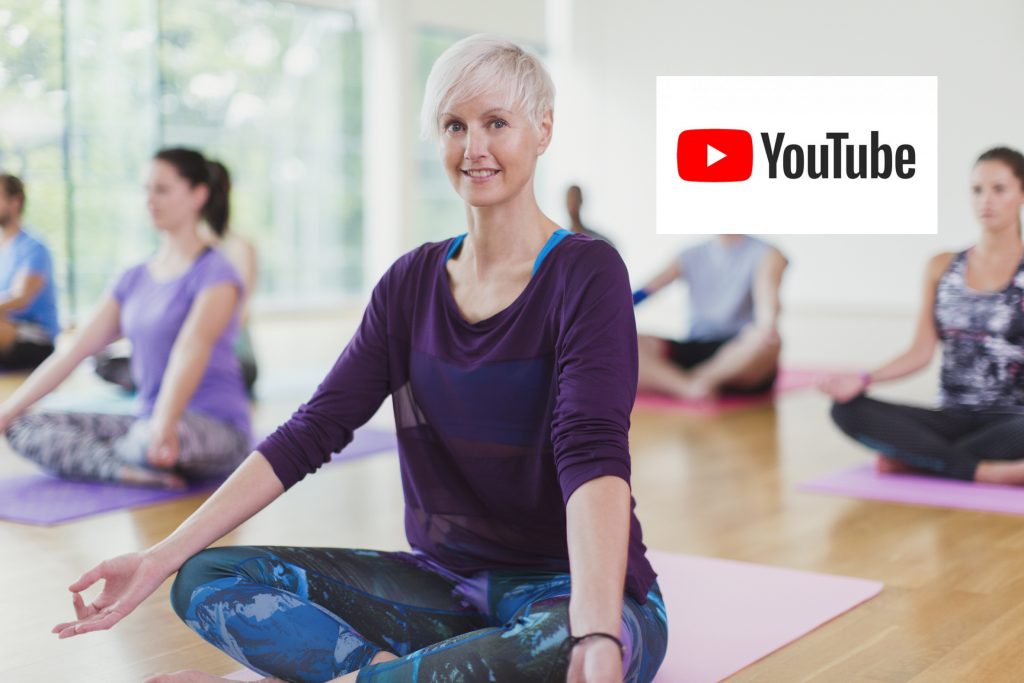What is Yin Yoga?
You may have heard me talking about my recent Yin Yoga Teacher Training course and wondered what makes it different from “normal” yoga?
Allow me to explain. The “Yin” part of the name comes from the Yin Yang principle which is a fundamental concept in Chinese philosophy and culture in general. It has Yin Yang as the two opposing forces of nature that when they come together, complete the whole.

On the one side, Yin is commonly referred to as the “shady” side, as in, lacking light (as opposed to being a bit dodgy), and the Yang is the sunny side. Further opposition examples could be masculine, (yang), feminine (yin), positive (yang), negative, (yin) and so on.
With regards to the yoga, it means it’s a more passive style, so you won’t have a cardio workout, with lots of heat or sweat generated. In fact, you’ll probably want some warm-ish clothes on for this type of yoga.
All the poses are floor-based, there are no standing postures. Props are used a lot – the reason being that we want to support the body in a really comfortable position so that as few muscles as possible need to be active to hold the pose itself. As each pose is held anywhere from around one to five minutes, comfort is essential, otherwise it’s hard to relax, and if we’re not relaxed, the muscles aren’t in a state of surrender. The discomfort and challenge then becomes a mental one as we try to remain in the pose, in a stillness, and not to give in to the mind’s endless chatter and cajoling to fidget out of it.

All the poses target the body’s yin tissues, which includes the fascia, and connective tissues which are notoriously prone to becoming stiff and dry, especially as we get older. Using familiar poses found in other forms of yoga, gentle “stresses” are applied around joints and across the body following the Chinese Medicine meridians, which are used in acupuncture. Each pose will gently pull or stimulate specific meridians which help to ease the tissues apart, bringing hydration and freedom to those areas. These actions will also help circulate the body’s energy, or Chi (prana in yoga terms), and allow a good flow of this to sites or organs which may be lacking, or indeed over-loaded. It clears blockages and encourages the body gently back into a state of homeostasis, consequently allowing the body to begin to heal itself, (which it is very good at given the right conditions).
Perhaps one of the most obvious and significant benefits of this practice is the reduction of stress and anxiety. Yin Yoga stimulates the parasympathetic nervous system which is essentially the one that calms us down. Think about when you’re settling and almost falling asleep; that’s your parasympathetic nervous system at work. In the morning, when you get out of bed and start moving; that’s the sympathetic nervous system getting you going. Its close relation to mindfulness also means that we become more aware of what’s going on with our bodies and minds, and start to understand ourselves on a much deeper level.
Yin Yoga is a very valuable addition to anyone’s routine as everyone can benefit and is literally a great yin to all that high energy yang you might have in your life. It teaches us to slow down, to have compassion and acceptance for our bodies, patience, mindfulness, and to be at peace with who and what we are. It’s suitable for all abilities and conditions, due to the prop usage and options given. In today’s high-pressure society and stress-filled lives, even just one class per week can have enormous benefits.
If you’re coming on my yoga holiday to Spain in September, you’ll get to experience some of this there! Otherwise, I hope to bring you a Yin Yoga class very soon, so watch this space!




